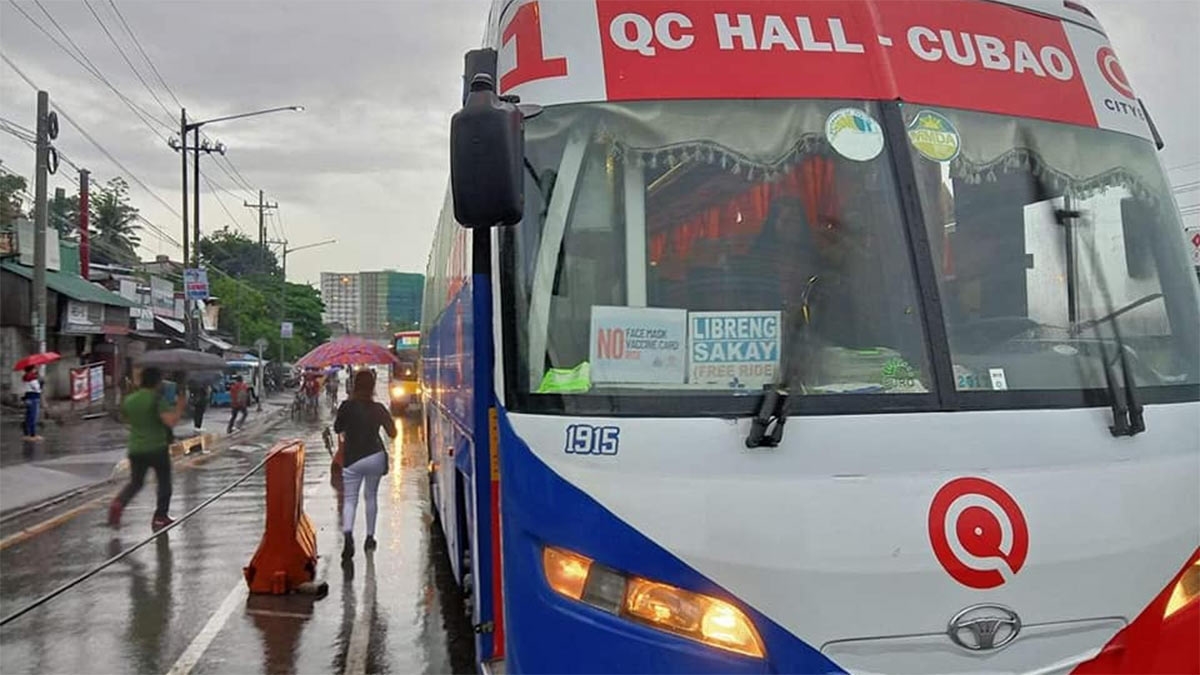Navigating Manila’s Public Bus System
Manila, the bustling capital of the Philippines, is known for its vibrant culture, historical landmarks, and, unfortunately, its notorious traffic. For both locals and tourists, using public transportation is often the most practical way to get around. Among the various options, public buses are a popular choice due to their affordability and extensive routes. Here’s a guide to help you navigate Manila’s public bus system efficiently.
Understanding the Bus Routes and Types
Manila’s public bus system is extensive, with numerous routes covering the city and its surrounding areas. Buses are generally categorized into two types: regular buses and premium point-to-point (P2P) buses. Regular buses are the most common and have multiple stops along their routes. They are ideal for short distances and are the most economical option. However, they can be crowded, especially during rush hours.
On the other hand, P2P buses offer a more comfortable ride with fewer stops, making them a faster option for longer distances. They are slightly more expensive but provide amenities like air conditioning and guaranteed seating. To choose the right bus, familiarize yourself with the routes and schedules, which are often available online or at major bus terminals. Apps like Sakay.ph can also help you plan your journey by providing real-time updates and route suggestions.
Tips for a Smooth Bus Ride
- Plan Ahead: Before heading out, check the bus schedules and routes. Knowing the bus number and its final destination can save you time and prevent confusion. During peak hours, buses can be crowded, so try to travel during off-peak times if possible.
- Have Exact Change: While some buses accept contactless payments, many still require cash. Having the exact fare ready can speed up the boarding process and avoid delays. Keep small bills and coins handy, as bus conductors may not always have change for larger denominations.
- Stay Alert and Safe: Like any major city, it’s important to stay vigilant while using public transportation. Keep your belongings secure and be aware of your surroundings. If you’re unfamiliar with the area, consider using a GPS app to track your location and ensure you don’t miss your stop.
Etiquette and Safety Considerations
Riding the bus in Manila comes with its own set of unwritten rules and etiquette. Being courteous to fellow passengers can make the journey more pleasant for everyone. Offer your seat to the elderly, pregnant women, or those with disabilities. Keep conversations quiet and avoid playing loud music or videos.
Safety is also a priority. Always board and alight at designated bus stops to avoid accidents. If you’re traveling late at night, opt for well-lit and busy stops. In case of emergencies, familiarize yourself with the bus’s emergency exits and procedures.
Making the Most of Your Bus Experience
Using Manila’s public buses can be an efficient and cost-effective way to explore the city. By understanding the system, planning your trips, and following basic etiquette, you can navigate the city with ease. Whether you’re commuting to work or exploring Manila’s attractions, the bus system offers a glimpse into the daily life of the city’s residents and a chance to experience its vibrant culture firsthand.
